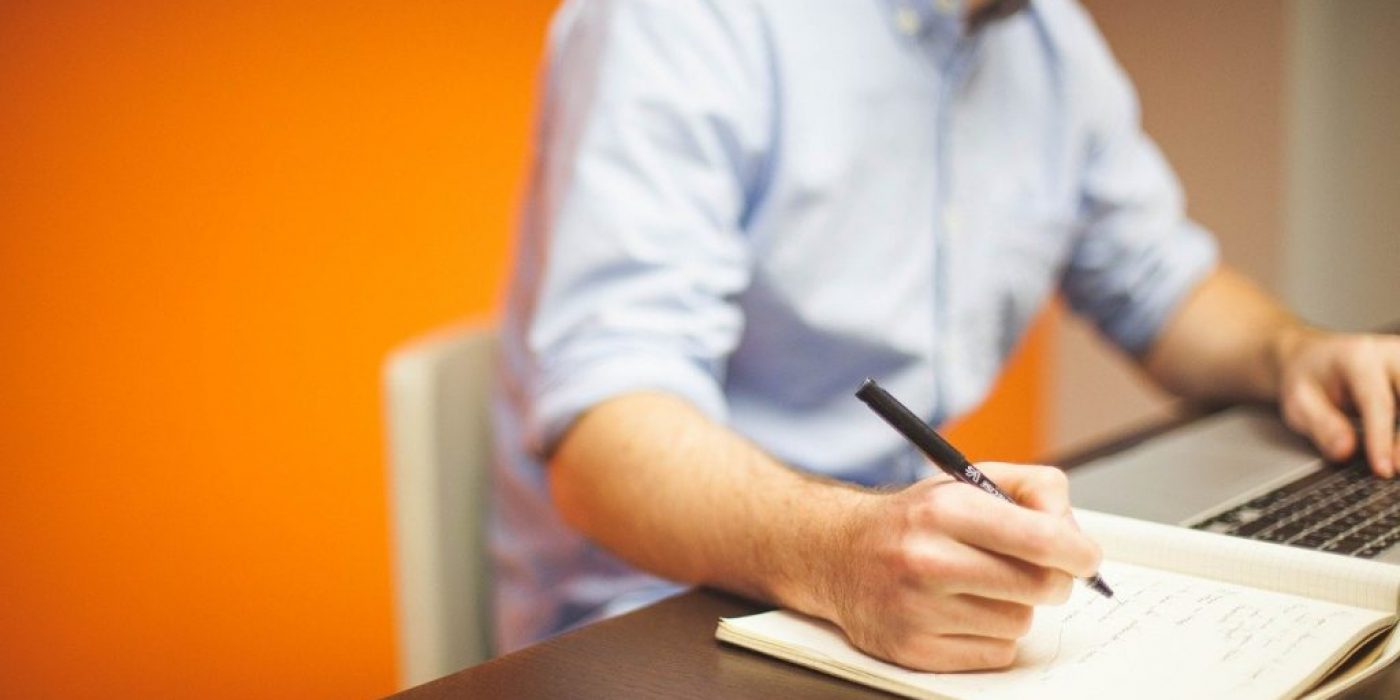By Kelsey Boudin
President and Founder, Southern Tier Communications Strategies, LLC
The cover letter, when requested in a grant proposal, is your chance to introduce your organization and plan strongly, confidently and succinctly. It’s your chance to say, “Hi, we’d like to be your partner in this terrific project, and with a little funding, here’s how we could positively impact the community.”
Consider the grant cover letter a mini-proposal within a proposal. It sets the stage for the proposal and generates interest in reading further into what could be a great grant-funded initiative.
But here’s a side note (and a word of warning): the cover letter signals a busy audience with a heavy workflow. Much like the cover letter to a resume — or pretty much anything else, for that matter — it’s an enticement for the recipient to look at the contents within. Ineffective cover letters end up in the trash, sometimes without regard to the quality of the full proposal.
(Related reading: Grant Writing Letters of Intent)
Here are some tips for an effective and attractive grant cover letter.
1. Follow a standard business letter format
Appearance is everything. The grant reviewer will receive your proposal package and first examine the cover letter. And like meeting someone for the first time, you have seven seconds to make a good first impression. In my opinion, I’d estimate you actually have four seconds or less. Anything looking unprofessional or amateurish will be cast aside in seconds.
Since most proposals are submitted digitally, you can afford to leave out the first section with your return name, organization and address. So here’s how it generally goes:
Date:
Grant reviewer name:
Grant reviewer title:
Funding organization name:
Funder address:
City, State, Zip Code:
Re: Grant title or attention line: (Pay careful attention to the RFP or solicitation of proposals, as the funder may have requirements for the speedy filing and review of multiple open grant processes.)
Salutation: (Hint: Take the time to find the actual name of the grant reviewer, if possible. Taking the extra time for a conscientious, personal touch may go a long way.)
Introduction: (Here’s your chance to say who you are and what your organization is about. It’s helpful to mention your nonprofit status and your organization’s mission statement. Invite the funder to support your initiative. Don’t hesitate to mention the exact financial request in dollars and cents.)
Body: (Here’s your 30-second elevator pitch — but for Heaven’s sake keep it to 15. What is the initiative and how would the funding positively impact the affected community?
Conclusion: (Wrap it up — quickly. Reiterate the anticipated impact and how a partnership could work toward mutual points of your respective missions. Thank the grant maker for its time and consideration.)
Complimentary Closing: (“Sincerely” works just fine. Anything more or less comes across as trying too hard or not trying enough.)
Your Name:
Your Title:
Your Organization:
2. Keep It To One Page
Unfortunately, it seems 99.9% of cover letter sources on the internet pertain to those accompanying resumes for employment. Fortunately, the standard remains the same for grant writing. Keep the length less than a full page and more than half a page — just enough to state your purpose and generate interest toward the full proposal.
Ideally, it should be the perfect length to grab what little bit of attention you can. Put yourself in the mind of the reviewer, who is likely a grant manager or C-level executive. They’ve received your proposal package at 9:28 a.m. and begin reading it with their foot already out the door to a 9:30 a.m. meeting.
Is that enough time to read your cover letter? Is that enough time for a busy mind to commit your cover letter to memory? It should be.
The standard is 250 to 400 words. But let me stress this: good luck keeping your cover letter to one page in 400 words. Err toward 250. If you write muscularly, 250 words should be more than enough for an elevator pitch. Do it right, and that busy grant maker will be excited to return to your proposal after the meeting.
3. Put It On Letterhead
This goes along with the professionalism involved in seeking serious money for serious programs. And yes, several hundred dollars for an initiative is serious money requiring serious consideration from serious funders with serious missions.
If you have an organizational letterhead, use it. If you don’t have one, here’s a good resource for building one.
The letterhead is a semi-official stamp of professionalism. Anyone can fake a good letterhead. But the majority of frauds won’t take the time to differentiate themselves from the serious contenders. A strong letterhead says, “We’re well established, and we take pride in our appearance.”
4. Send a PDF
Nothing shouts “amateur” like sending a document that can be easily edited thereafter, like a Word document or Google Docs That can be a legal nightmare. Simple enough, save your cover letter — and any other pertinent accessory documents — as a PDF and send those documents as your official submission.
While most organizations would never dream of taking advantage of your philanthropy, it’s always a strong move to save your documents as your own and have power over your submission.
Your Grant Cover Letter Should Be a Short-and-Sweet Intro to Your Plan and Mission.
The cover letter is but a snapshot into your full proposal. It must be succinct, yet descriptive, with a strong air of professionalism. Get it right, and you’ll place the odds in your favor for the reviewers to choose to read further.
If you need some help, don’t hesitate to reach out to a grant writer with experience.







